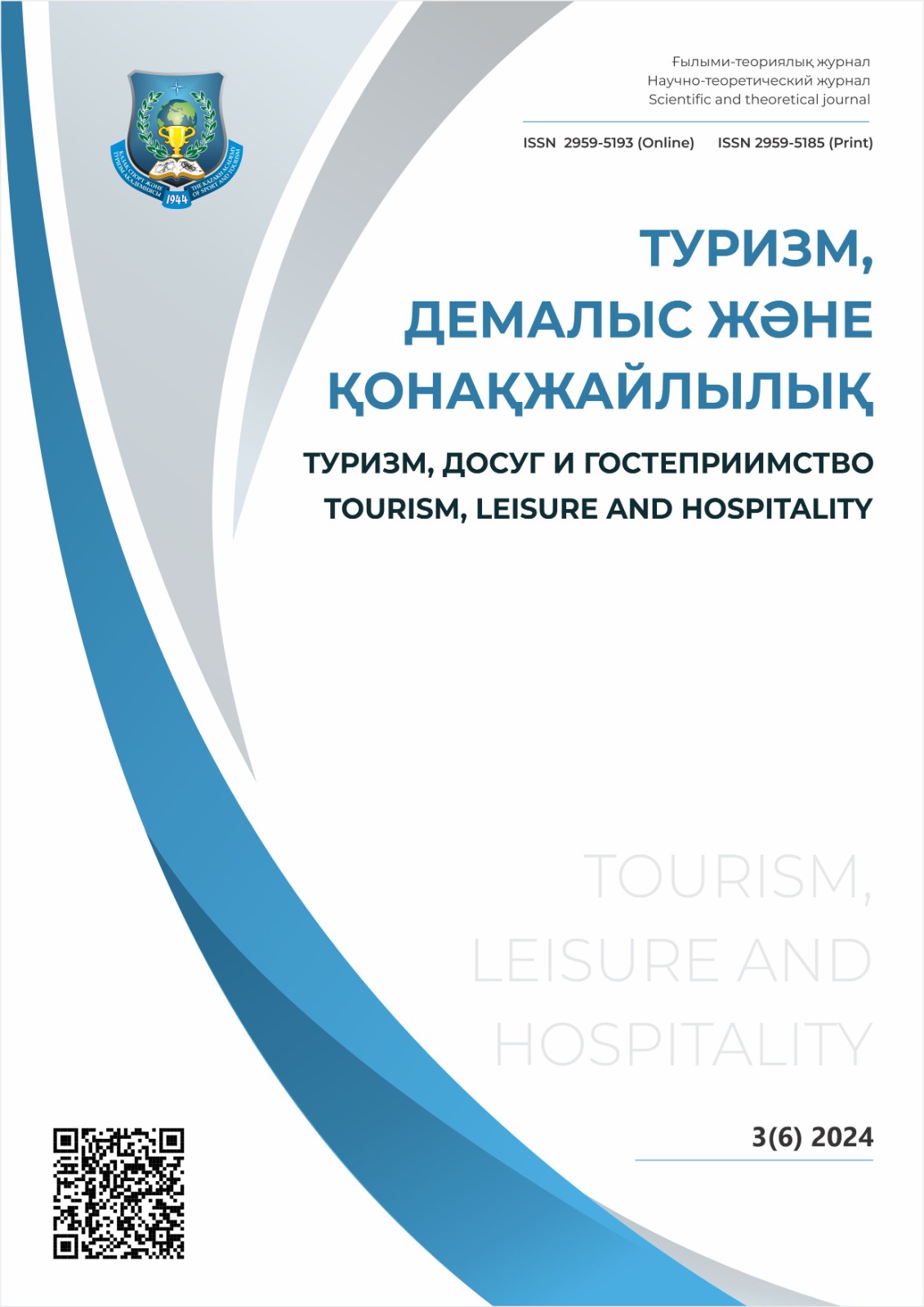Features of museum excursions for blind and visually impaired people in Kazakhstan: innovative methods of adapting museum spaces
DOI:
https://doi.org/10.59649/2959-5185-2024-3-33-39Keywords:
museum, inclusive tourism, accessible environment, blind and visually impaired, excursionAbstract
The author of the article addresses an important problem of modern society – creating equal opportunities for all citizens, including people with visual impairments. Inclusive tourism, which implies equal comfort for all travelers regardless of physical and mental disabilities, is gaining momentum all over the world. Museums as socio-cultural institutions that are a platform for the formation of public consciousness and the preservation of cultural heritage, are becoming an important object for tourists, including the blind and visually impaired. The work describes initiatives to ensure the accessibility and adaptation of museum space for blind and visually impaired visitors, including conducting excursions with tactile models, audio descriptions, audio guides, etc. Attention is paid to the peculiarities of conducting museum excursions for the visually impaired, taking into account the choice of location, route planning and the choice of those museums that already have the necessary environment for receiving inclusive visitors.


